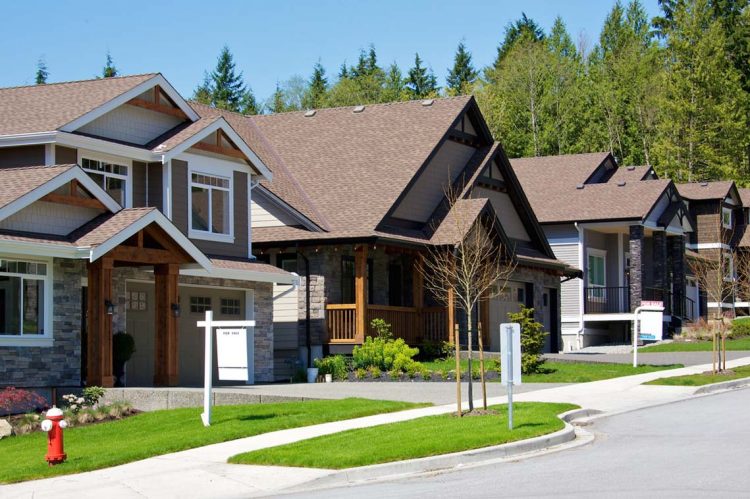Data for what is typically the biggest week of the year for home sales—immediately preceding the 4th of July holiday—offered some positive indicators for inventory with a 29% year-over-year increase in homes, for sale while affordability still struggled with an 18.3% increase in median listing price, according to Realtor.com®’s Weekly Housing Trends report.
“We’re starting to see more and more sellers come to the market and the number of homes for sale climbing back toward pre-pandemic levels,” said Danielle Hale, chief economist for Realtor.com®, in a statement.
With rising mortgage rates expected to cool demand, the steady increase in inventory—higher year-over-year for 13 out of the last 14 weeks—could foreshadow a more balanced market as supply meets the still elevated level of demand which has been characterized by almost nonexistent options for buyers and frenzied bidding wars.
“Anyone who bought a house before the last couple of years will note that the market is still relatively under-supplied, with the actual number of homes for sale still roughly half of what we saw in June 2019, but June’s progress is a convincing step back in that direction and this first week of July built on that momentum. In other words, buyers are seeing more options,” Hale added.
The takeaway
Homes spent two less days on the market than the same time last year—significant, but the smaller gap indicated “that the market is cooling faster,” Hale said. This was the first time in three months that the market did not set a new record low for this measure.
Inventory remained at less than half of what it was in June 2019 despite the increase. New listings are up 8%, proving that many homeowners still feel the seller’s market is strong. At the same time, two in five sellers reported this spring that it took longer than expected to sell their homes.
Part of the increase in available inventory Hale attributes to the buyer side, as some home shoppers put plans on hold in response to mortgage rate increases. Some buyers might not feel as rushed, or “cost-sensitive” buyers might walk away as decreased purchasing power upends their specific homeownership plans.
Hale called buyer participation “a wildcard” even with a trend of more available inventory heading into the second half of the year.
“If the recent pause in mortgage rates lingers, home shoppers could lose some sense of urgency, especially as their options grow,” Hale said.












